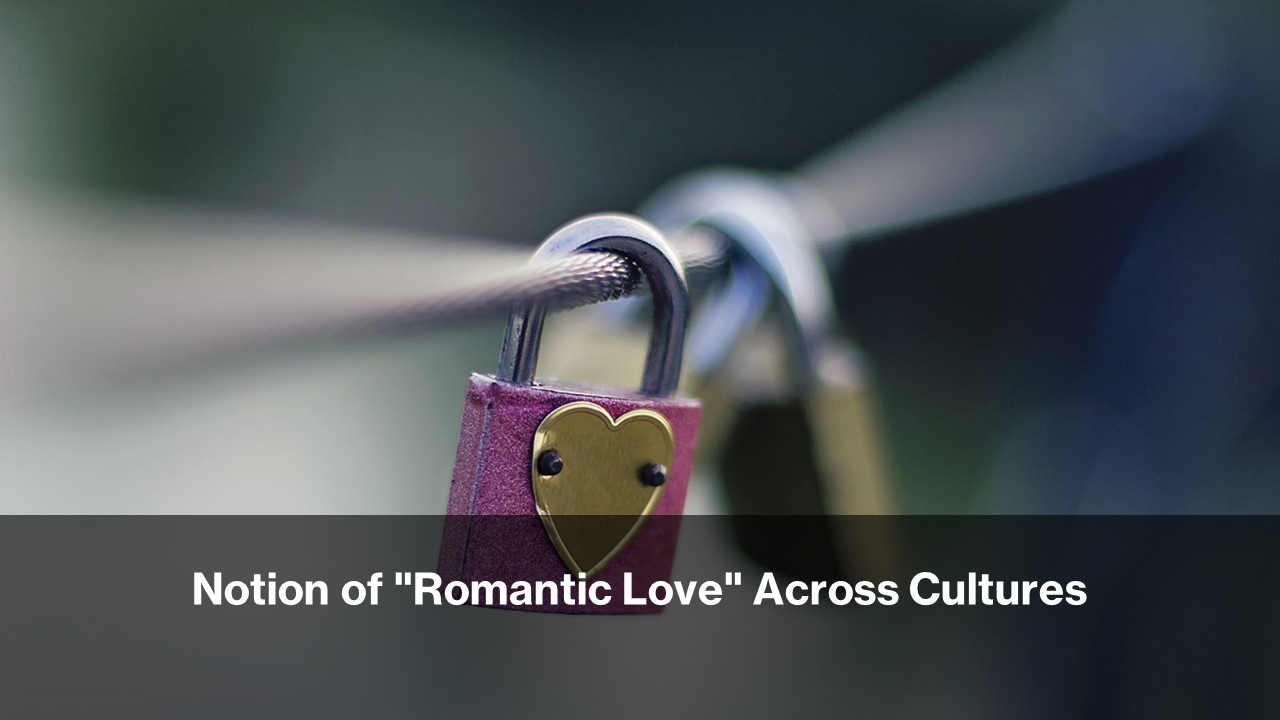Once, Western historians and literary scholars believed that “romantic love” was invented by West-European civilizations during the Medieval and Early Modern periods. Beginning with the “courtly love” (amour courtois) of the 12th and 13th centuries in France, Spain, and Germany, the presence and importance of romantic love ideas in European literature increased over the following centuries.
What Was “Romantic” in the Early “Fin’amor””?
The trobadors of southern France, the trouvères of northern France, and the Minnesänger of Germany were the early poets and singers of love known as fin’amor, which meant “refined love” in the Occitan language, spoken at that time in Southern France and some regions of Italy and Spain.
This lyrical, melodic, and fascinating love of poems, songs, and novels was really “refined.” It was distinct from short-term passions and sexual desires. It was a kind of love centered on emotional attractions and attachments, a re-ordering of life priorities, and long-term commitments.
In medieval literature, romantic love was viewed as spiritual rather than physical and as a long-term rather than short-term experience. For trobairitz and troubadours, describing sexual desire as an appetite wouldn’t be an adequate way to depict how lovers felt about each other.
Hundreds of love stories, from “Tristan and Iseult” to “Floris and Blancheflour”, appeared in literature at the turn of the 12th century and enjoyed tremendous success throughout Western Europe.
“The Romance of the Rose” (“Le Roman de la Rose“) was a romantic medieval poem of love written in the Old French language. This poetry was a beautiful example of “courtly love” literature because it showed the art of romantic love through an allegorical dream.
The growth and flourishing of love fiction in Western Europe during the Central Medieval period (1000–1300 years) occurred at a time of an extensive increase in population, substantial urbanization, and a rise in gross domestic product per capita (see for review, Baumard et al., 2022; Duby, 1994). Growing economic development was an important factor in this literary evolution.
How Did Cultures Develop Their Notion of “Romantic Love”?
Western scholars thought that these European ideas of romantic love had disseminated over time across other cultures throughout the world.
However, recent studies have demonstrated that Indian, Japanese, Chinese, Arabic, and Persian cultures of the past centuries developed their own literary traditions of “romantic love” fiction concurrently and mostly independently from Western literature (Baumard et al., 2022; Karandashev, 2017).
How can we say that it was the same “romantic love” across all these cultural literary expressions? Researchers found that the plot and the narration of all these romantic stories available in different cultures have similar psychological elements of love. These are idealizations of the beloved, emotional attractions and attachments, re-ordering of life priorities, long-term commitments, and others (see Karandashev, 2017, 2019, 2021b).
All romantic novels, epic poems, and tragedies across different cultural traditions contain the same topics: “love at first sight”, “tragic separations”, “faithful love”, “suicide for love”, and alike. They are all the elements of content, genre, and style designed to stimulate people’s interest in love, pair bonding, and relationships.
These elements are easily recognizable in the romantic stories of the early and later historical periods. Let us consider a few examples.
Romantic Love in the Literature of Ancient Greece
The ancient Greek novels of the Early Roman Empire of the 1st–3rd centuries AD, “Leucippe and Clitophon,” “The Ephesian Tale,” and “The Aethiopica” are clearly romantic: young couple in love, of extraordinary beauty, are plunged by hostile fate into various adventures and dangers, until, in the end, for the most part after a rather long separation, they are united in a stable, faithful love for a life that is henceforth unchangingly happy” (quoted in Baumard et al., 2022, p. 507).
Romantic Love in the Literature of Ancient China
In the same way, the Chinese caizi-jiaren are romantic stories with all the key romantic elements. The protagonists are attracted by each other’s physical and personal qualities. They usually fall in love with each other at first sight. They also succeed in overcoming the obstacles and marrying each other. Thus, they represent an idealized couple.
“The Story of the Western Wing” by Wang Shifu (Xixiangji in Chinese) was the most well-known love story of the 13th century. It is about the adventures of the star-crossed lovers, Oriole and Student Zhang. This play influenced numerous later plays, novels, and short stories that were prominent in the Chinese cultural history of romantic love.
Romantic Love in the Literature of Other World Cultures
The plot and narrative of romantic love, along with corresponding literary elements, are evidently present in the Sanskrit love tale of East India “Nala and Damayanti”, in the Japanese jōruri play “The Love Suicides at Sonezaki”, in the Persian tragic romance “Khosrow and Shirin”, and in the Arabic old story “Layla and Majnun”.
Thus, we can see that the literary themes, plots, and narratives of “romantic love” have been omnipresent in many world cultures throughout human history. And they emerged and developed independently from each other, but surprisingly, during approximately the same periods when their societies experienced economic growth, an expanding population, and increasing urbanization.
